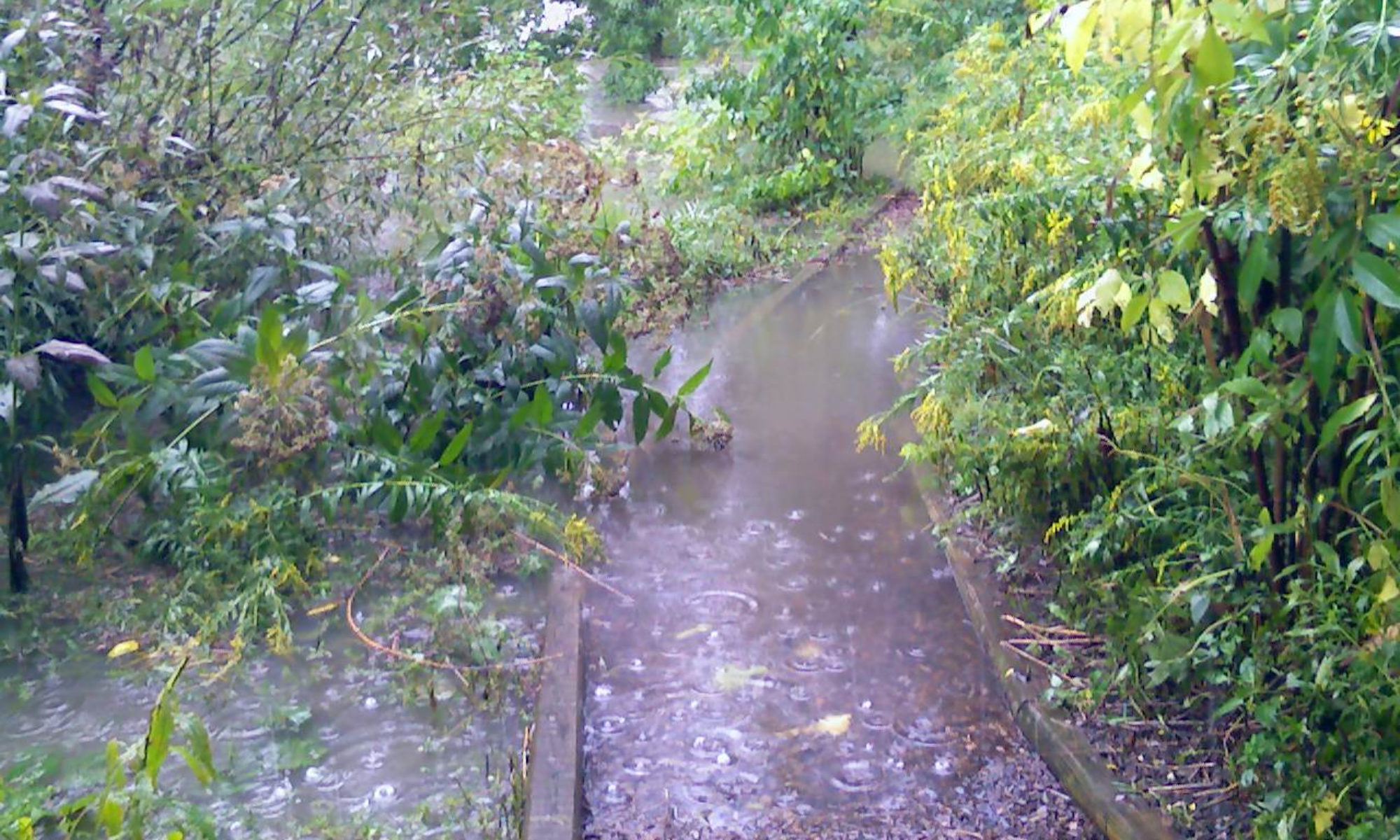…some key principles, teachers, and ideas while doing a bunch of thinking and learning, writing and designing last week. I sorted some old and new ideas into a rough framework, named the biggest buckets, and discovered they were an excellent update to the four dimensions I first outlined in Inviting Organization Emerges, 1998. Either I’m still crazy or this view is still true: (personal) passion, (shared) purpose, (learning) practice, and (high) performance.
Here are some of the bits that came up along the way…
- “people are purposeful and can be ideal-seeking. you don’t have to agree with someone’s purposes, but they surely do have them.” merrelyn emery, in a search conference and participative design training, 1995.
- imposing democratic self-management or how do we teach responsibility? i posted this topic in my first-ever open space conference. “i don’t! i just ask what’s working. and then i ask how to grow more of that.” my first brush with harrison owen, in open space, 1996. this works just as well for individuals and oneself.
- “if a living system is unhealthy, the way to make it more healthy is to reconnect it with more of itself.” a quote from francisco varela that i carried in my wallet on the back of a business card, for about 10 years.
- standing around a campfire at an Outward Bound instructor training… how are we going to remember all the details of how to brief all these different teambuilding exercises? “these kids don’t care about the initiatives. they just want to know if you love them.” we never quite outgrow that need for love or circling up around a fire.
- in the beginning there was change. then it got spun up more hopefully, as transition. when it got deep and potentially uncomfortable, we called it transformation. now that we’re beginning to really understand it, i hear more and more people talking about evolution. the main benefits of this view is that we can’t evolve other people and we don’t waste as much time trying escape or avoid it.
- in agile development, the purpose of individual scrum sprints is to produce value, but the purpose of sprinting is learning and improvement. and yes, these things happen to be distinct and inseparable.
- the best games have four elements: a goal, some rules, a scoreboard, and they’re opt-in, says game designer and ted talker, jane mcgonigal. this aligns surprisingly well with the essential elements of an invitation and inviting leadership.
- after one of the championship games michael jordan won with a last-second shot, an interviewer asked him what he was thinking about during the timeout right before that shot. “i was thinking that nobody knows what’s going to happen. all the people in the stadium, all the people watching on TV, nobody knows. i thought that was really cute. (big smile)” in agile terms, this is the essence of valuing responding to change more than following a plan.
- we can mandate performance, but high performance is invitation only. mandates can set minimum standards, but will almost always limit the upside or be completely unreasonable and irrelevant. invitations express ideals in ways that call people to their pursuit.

